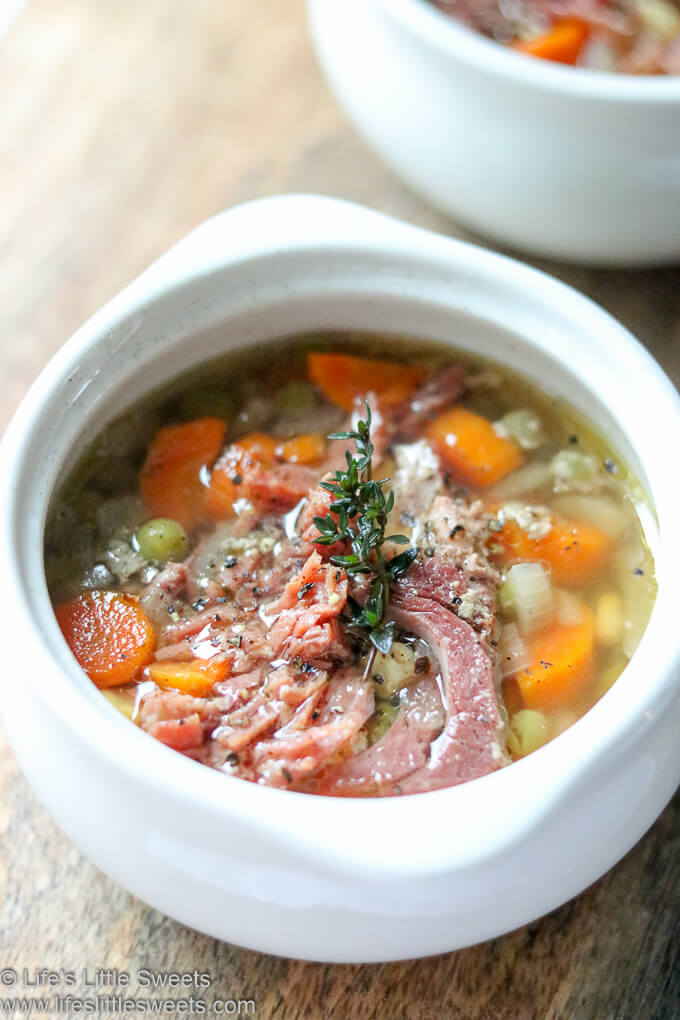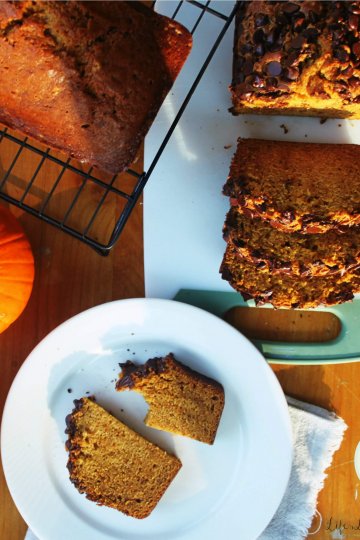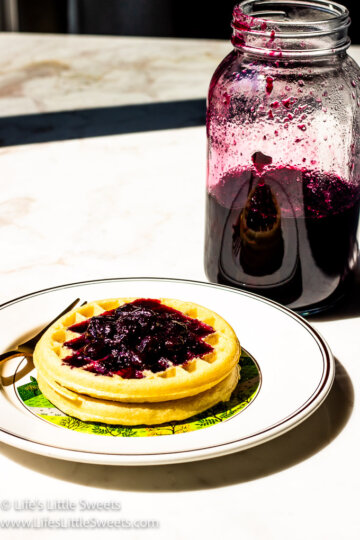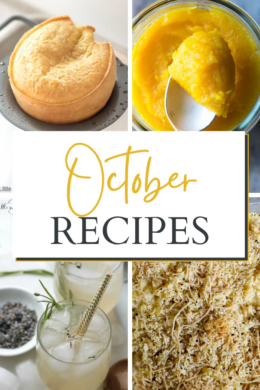It’s time for some cranberry, pumpkin, apples, and everything spiced! Sweater season is here which means we’re hungrier than ever. Want to know what food to cook this Fall? Keep on reading!

Omnivore loving vegan, gluten-free & beverage recipes

Fall Food Lists Recipes By Season

Any Season April August breads brunch recipes December Desserts Entertaining Fall February Food January July June March May November October Recipes Recipes by Diet Lifestyle Recipes By Month Recipes By Season September Spring Summer Sweet Vegetarian Recipes Winter

Any Season April August December Events Fall February Food January July June March May Northeast November October Recipes by Diet Lifestyle Recipes By Month Recipes By Season September Spring Summer Summer Solstice Sweet toppings USA Region Vegetarian Recipes Winter

Desserts Food July June Popular Recipes Recipes Recipes by Diet Lifestyle Recipes By Month Recipes By Season Summer Sweet Vegetarian Recipes
Life’s Little Sweets celebrates seasonal cooking and local food pathways. Find inspiration from farms, CSAs, and home gardens with recipes that highlight fresh ingredients, community, and the joy of cooking through the seasons. Continue Reading

It’s time for some cranberry, pumpkin, apples, and everything spiced! Sweater season is here which means we’re hungrier than ever. Want to know what food to cook this Fall? Keep on reading!

October means fall is upon us. This might be the season that you’re craving for some warm pies, pumpkin bread, and cold drinks — like wine for example. Or simply just some coffee or tea for those who don’t want to go in the alcoholic route.

Are you looking for some refreshing drink to beat out the hot summer heat or do you just want to try a few new dishes on the grill for July?

Here are 10 4th of July Recipes! We got you covered from savory family style main dishes, sides to sweet dessert options. *This post was originally published on 7/2/2018 and updated 6/23/2019 Hello Everyone! Independence Day, better known as 4th of July is upon us, so what are you making for this classic American holiday?...





This post may contain affiliate links. Please read my disclosure policy
Estimated reading time: 6 minutes
Discover the art of preserving freshness and flavor in your kitchen with our latest article, "Can You Freeze Onions? A Step-by-Step Guide." Learn how to efficiently freeze onions, from choosing the right cut to storing them properly. Our comprehensive tips and essential tools guide you through the process, ensuring your frozen onions maintain their quality for months to come. Say goodbye to food waste and hello to a well-stocked freezer with this insightful exploration of freezing onions for ultimate convenience in your cooking journey.
Onions are a versatile ingredient that adds flavor and depth to countless dishes. They're a staple in many kitchens, but what happens when you have more onions than you can use before they go bad? Freezing them can be a convenient solution to preserve their freshness and flavor for later use. Here's a step-by-step guide on how to freeze onions effectively:
Start by peeling the onions and removing any outer layers that might be damaged or discolored. Rinse them under cold water and pat dry with a clean kitchen towel.
Decide whether you want to freeze the onions whole, sliced, or diced, based on your future cooking needs. For convenience, consider slicing or dicing them, as this will make it easier to use them directly from the freezer.
Using a sharp knife, slice or dice the onions into your preferred size. Uniform cuts will help the onions freeze and thaw more evenly.
Lay the sliced or diced onions in a single layer on a baking sheet lined with parchment paper. Ensure they are not touching or clumped together. Place the baking sheet in the freezer for about an hour or until the onions are frozen solid. This process prevents them from sticking together in a clump.
Once the onions are frozen, quickly transfer them into labeled Ziplock bags or airtight containers. Squeeze out as much air as possible before sealing the bags or containers. This step helps prevent freezer burn.
Using a marker, label the bags or containers with the contents and the date of freezing. This makes it easy to identify and use them later, especially if you have multiple items stored in the freezer.
Place the labeled bags or containers in the freezer. They can be stored for up to 6-8 months while maintaining good quality.
The yield or quantity of frozen onions will depend on the number of onions you start with and the size of the onions you use. Additionally, how finely you slice or dice the onions will also affect the overall yield.
If you start with a specific number of onions and follow the steps to slice or dice them before freezing, the yield would be the equivalent amount of frozen onions. For example, if you start with four medium-sized onions and end up with two cups of sliced or diced frozen onions, that would be your yield.
Since the yield can vary based on individual preferences and needs, it's advisable to customize the process according to the quantity of onions you have and the portion sizes you find convenient for your future recipes.
The preparation time for freezing onions is relatively short, and it primarily depends on your chopping skills and the quantity of onions you're dealing with. On average, it might take around 15 to 30 minutes to peel, chop, and flash-freeze the onions. Flash freezing usually requires an additional hour. Keep in mind that this estimate can vary based on your familiarity with chopping vegetables and the specific tools you use. Once the initial prep is done, transferring the frozen onions to storage containers is a quick process. Overall, the total prep time is relatively minimal, making it a convenient way to preserve onions for future use.
Onions are a versatile vegetable that can be found in grocery stores year-round, making them a staple in many kitchens. However, the peak season for fresh, locally grown onions can vary depending on the type of onion and the region. Here's a general guide to when different types of onions are typically in season:
Spring Onions: These are usually in season during the spring and early summer months. They have a milder flavor than mature onions and are often used in salads and as a garnish.
Green Onions/Scallions: These are available year-round but are often at their peak during the spring and summer months. They are commonly used in salads, soups, and as a garnish.
Yellow Onions: These are the most common type of onion and are available year-round. They are typically harvested in late summer and fall, and you can find them in stores throughout the year.
Red Onions: Like yellow onions, red onions are available year-round, but their peak season is in late summer and fall.
Sweet Onions: Varieties like Vidalia, Walla Walla, and Maui onions are known for their sweetness. They are usually in season during the late spring and summer months.
It's important to note that these timelines can vary based on the specific variety of onions and the growing conditions in different regions. Additionally, thanks to modern storage and transportation methods, many types of onions are available in stores regardless of the season. When shopping for onions, choose ones that are firm, with dry and papery outer skins, to ensure freshness.
Yellow onions are generally considered the best variety for freezing. Their strong flavor and versatility make them a popular choice for a wide range of dishes, and they hold up well to the freezing process. Yellow onions are also known for having a good texture and consistency after freezing and thawing.
When freezing onions, it's essential to consider the intended use. Yellow onions work well for most cooking applications, including sautéing, caramelizing, and using in soups or stews. Their robust flavor tends to withstand the freezing process better than milder varieties.
While yellow onions are a preferred choice for freezing, you can also freeze other varieties like red onions or sweet onions. However, keep in mind that freezing can alter the texture of onions, so they may become softer upon thawing. Regardless of the variety, it's crucial to properly prep and store the onions for the best results when freezing.
Freezing onions is a simple and effective way to extend their shelf life while preserving their taste and nutritional value. By following these steps and tips, you can easily freeze onions and have them ready whenever you need to add a flavorful touch to your favorite dishes.

Discover the art of preserving freshness and flavor in your kitchen with our latest article, “Can You Freeze Onions? A Step-by-Step Guide.” Learn how to efficiently freeze onions, from choosing the right cut to storing them properly. Our comprehensive tips and essential tools guide you through the process, ensuring your frozen onions maintain their quality for months to come. Say goodbye to food waste and hello to a well-stocked freezer with this insightful exploration of freezing onions for ultimate convenience in your cooking journey.
1. Prep the Onions: Start by peeling the onions and removing any outer layers that might be damaged or discolored. Rinse them under cold water and pat dry with a clean kitchen towel.
2. Choose Your Cut: Decide whether you want to freeze the onions whole, sliced, or diced, based on your future cooking needs. For convenience, consider slicing or dicing them, as this will make it easier to use them directly from the freezer.
3. Slice or Dice: Using a sharp knife, slice or dice the onions into your preferred size. Uniform cuts will help the onions freeze and thaw more evenly.
4. Flash Freeze: Lay the sliced or diced onions in a single layer on a baking sheet lined with parchment paper. Ensure they are not touching or clumped together. Place the baking sheet in the freezer for about an hour or until the onions are frozen solid. This process prevents them from sticking together in a clump.
5. Transfer to Storage: Once the onions are frozen, quickly transfer them into labeled Ziplock bags or airtight containers. Squeeze out as much air as possible before sealing the bags or containers. This step helps prevent freezer burn.
6. Label and Date: Using a marker, label the bags or containers with the contents and the date of freezing. This makes it easy to identify and use them later, especially if you have multiple items stored in the freezer.
7. Store in the Freezer: Place the labeled bags or containers in the freezer. They can be stored for up to 6-8 months while maintaining good quality.
Freezing onions is a simple and effective way to extend their shelf life while preserving their taste and nutritional value. By following these steps and tips, you can easily freeze onions and have them ready whenever you need to add a flavorful touch to your favorite dishes.
As an Amazon Associate and member of other affiliate programs, I earn from qualifying purchases. #CommissionsEarned #ad
Please note that the Calculated Nutrition is an estimate at best. If you make this recipe and love it, remember to stop back and give it a 5-star rating – it helps others find the recipe!
This site uses Akismet to reduce spam. Learn how your comment data is processed.
Leave a Reply
You must be logged in to post a comment.